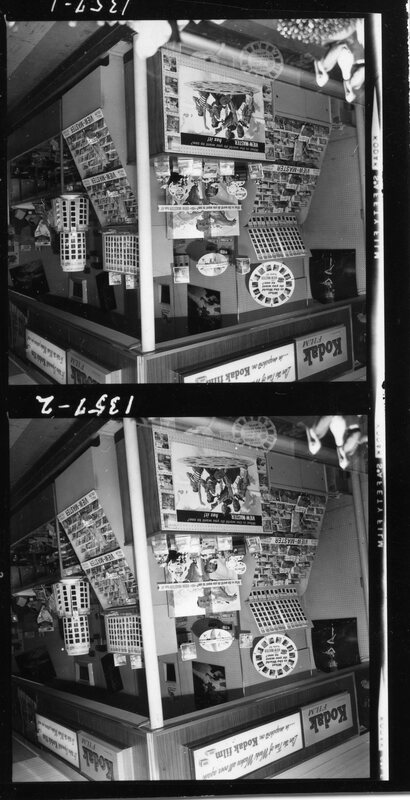1950s: The Co-Op Era
In 1950, Perry sold his interest in Weeki Wachee. Over the next ten years, the owners added an orchid garden, an exotic insect museum, an “abandoned” Seminole Village exhibit, a train ride through the surrounding forest, a boat tour, a petting zoo, and a gift shop.
Weeki Wachee Springs was a cooperative made up of several vendors that paid rent to a management team. Every attraction was priced separately, meaning the attractions competed with each other and often tried to pin down the attendance rates of their competitors. This sense of mutual assistance and competition drew vendors and customers to the Springs. With each attraction attempting to outperform the others, Weeki Wachee quickly became the top contender for most popular roadside attraction in Florida, eventually catching the eye of Walt Disney himself as well as the American Broadcasting Corporation (ABC).
When ABC purchased Weeki Wachee Springs in 1960, they wanted every attraction under one umbrella. This meant that vendors had to choose between pulling out of Weeki Wachee altogether or selling their entire attraction to ABC. The May Museum of Natural History refused to sell their collection, the largest private collection of arthropods in the world, choosing instead to shut down and move their museum to Colorado.[1]
[1] Carla May Harris, interview by author, Colorado Springs, CO, November 16, 2016.
